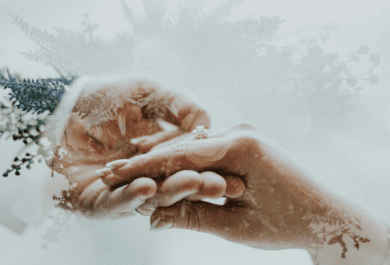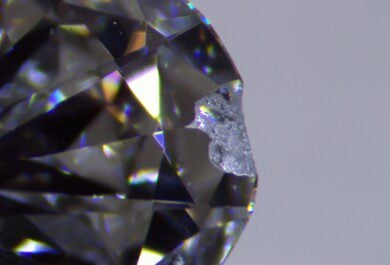Oh, DeBeers.
…One month ago I covered the positive actions you’re taking in the natural diamond sector – from the beneficial partnership with National Geographic – to $17 million+ toward Covid relief and assistance for your African workforces.

…Two weeks ago I pivoted to lab-grown diamond schemes and your decades of industrial supermaterial provision to more recent disruptions in the jewelry sector via Lightbox diamonds.
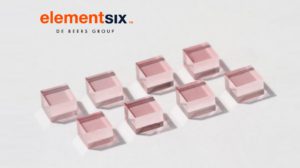
WHAM!
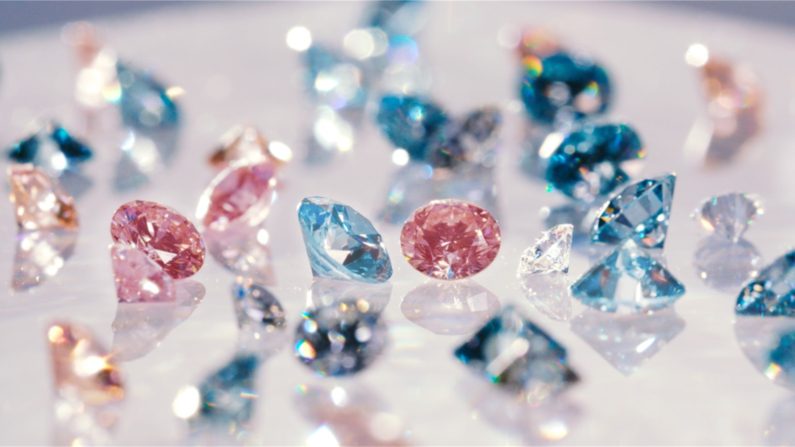
Hear Ye, Hear Ye.
The other shoe has dropped. DeBeers’ Lightbox, is now selling loose lab-grown diamonds, including higher weights and qualities. This is a sharp about-face to their original practice, in 2018, when they only sold diamonds under 1.00 carat mounted in pendants, earrings, and bracelets.
Lightbox Standard
The standard solitaires are described as nearly-colorless (G-J) with VS (eye-clean) clarity. They are also offered in pink and blue. The price is $800 per carat for individual loose stones and total weights.
Lightbox Finest Collection
Lightbox’s new Finest collection costs nearly double. It’s $1,500 per carat for solitaires described as colorless (D-F) with VVS (loupe-clean) clarity. The pink and blue options in Finest have a higher level of color saturation than Lightbox standard.
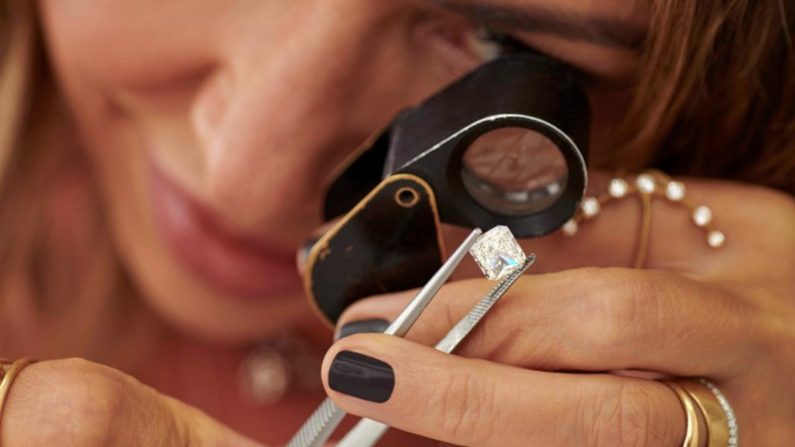
Rewriting Simplicity
Did you notice the descriptions?
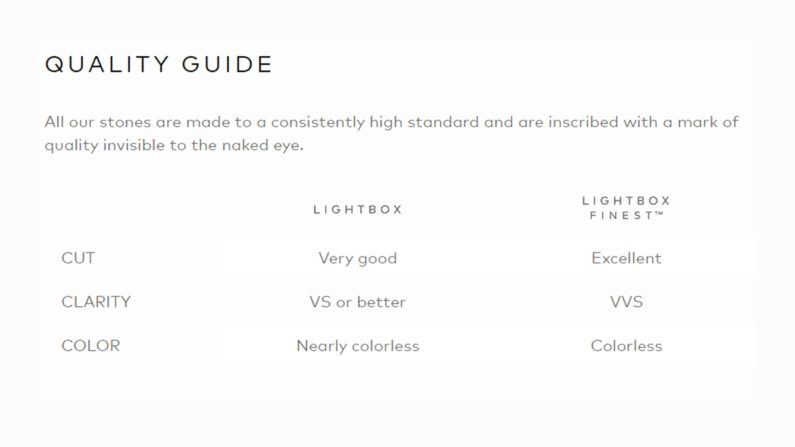
For the record, the terms eye-clean and loupe-clean are my descriptions above, not DeBeers’. But I won’t be surprised if they ultimately move away from traditional natural diamond “VS” and “VVS” descriptions – as they have with natural diamond color descriptions. In fact, if you check their natural diamond lab grading manual, you’ll discover they do not group color grades D-F into “colorless” and G-J into “nearly-colorless,” (etc.) as the world’s major grading laboratories do.
It’s genius, really.
In carat weight, the most important C to value, DeBeers’ disintegrated more than a century of opacity and confusion about where “magic weight” leaps in price occur, and how much they might be. “Spend $800 per carat for this or $1,500 per carat for that…” Simple.
In color, the second most important C to value, there are only two grades instead of seven. There are only two levels of saturation for the pinks and blues. Whites, pinks, and blues are also the same price per carat within the two different collections… Simple.
For Clarity, you also have two choices. Clean or cleaner. By the way, if you decide you want “cleaner,” which comes with Finest, you’re also choosing colorless as part of the package, making Finest a “collection quality” – though only time will tell if that matters for lab-grown diamonds as it has for natural.
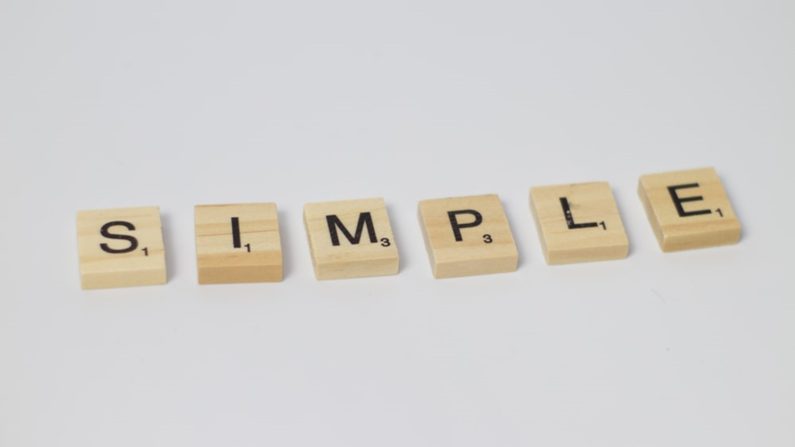
Diamond Foundry could have done this. Any one of the lab-grown pioneers could have. There was a moment in time, as lab-grown diamonds began successfully penetrating the marketplace when producers could have said “let’s establish our own standard.”
Is there any need to apply 11 different clarity levels to lab-grown diamonds? Or is DeBeers making casual purchase decisions easier by offering just two? Is there a need to apply 23 color levels? Or is DeBeers smarter than everyone in the room with “white, pink or blue – and – whiter, pinker or bluer.”
And, of course, DeBeers’ departed from the Rap pricing list entirely. Demolished it.
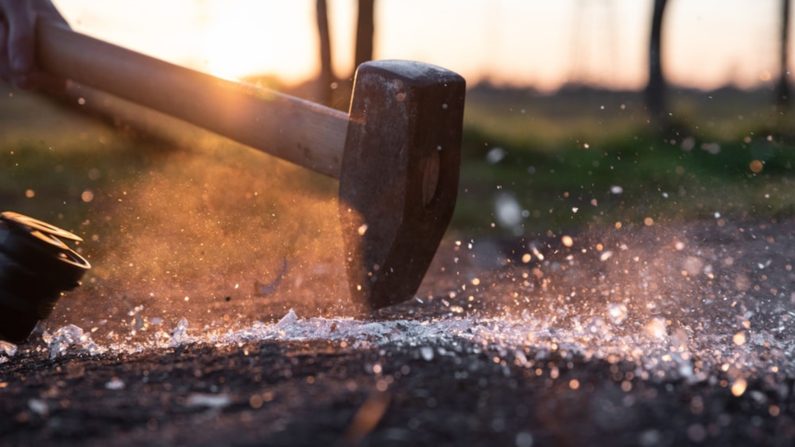
So let’s recap.
- 1902 – DeBeers’ controls 90% of the world’s natural diamond rough
- 1927 – Oppenheimer Family gains control of DeBeers’ starting the family dynasty
- 1955 – GE announces the successful synthesis of diamond in a laboratory
- 1956 – DeBeers’ launches Adamant Research Laboratories, producing LG Diamonds by 1959
2000-2021
- 2000 – DeBeers’ natural rough monopoly is broken so they pivot focus to consumer demand
- 2001 – DeBeers’ retail stores begin appearing in major cities worldwide
- 2002 – DeBeers’ renames Adamant Research Laboratories to Element Six
- 2008 – DeBeers’ launches the Forevermark natural diamond brand
- 2010s – Lab-Grown Diamonds grow to become 3.5% of all diamonds used in jewelry
- 2011 – Oppenheimer Family sells DeBeers’
- 2018 – DeBeers’ uses Element Six to launch Lightbox LG Diamond Jewelry (smalls, mounted)
- 2020 – DeBeers’ opens new Lightbox production facility in Oregon, USA
- 2021 – Lightbox will now sell loose diamonds, including higher weights and qualities
A lot has occurred in the past 20 years. After 2000, when their monopoly on supply was broken, they have focused on demand. They have expanded operations, partnering with natural sellers on Forevermark and Blue Nile on Lightbox. They have extended their reach, offering natural diamonds to consumers in their branded retail stores and lab-grown diamonds on the Lightbox website.
Did I mention that Lightbox grows its diamonds in Oregon, using hydroelectric power. Thus, elegantly sidestepping the energy consumption questions being asked of other lab-grown diamond producers.
We can credit the Australians and Canadians for breaking the century-long stranglehold the DeBeers’ dynasty held on rough diamonds. That happened in 2000. Speak up, everyone who believes DeBeers’ was unprepared for that to happen.
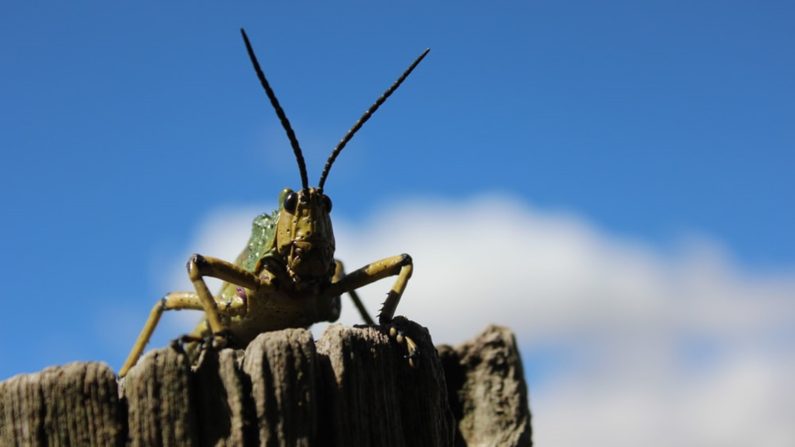
Written by John Pollard
What do you think?
When did DeBeers realize gem-quality lab-grown diamonds would be “a thing?” When did they first conceive of Forevermark and Lightbox? When did they decide to move LGD production to Oregon? Was all of this spontaneous or planned decades in advance? Why did the Oppenheimer Family sell the company? Were they sleepy? Did they want to escape before the lab-grown diamond insanity started? Why does the name Oppenheimer make me hungry for a beefy kind of stew?
More Reading
Learn how to define brightness, leakage, contrast, and scintillation on our page Diamond Performance Explained.
Take your diamonds on a brightness, fire, and sparkle test drive: Make Comparisons Like an Expert.
Get fast answers to any question: Ask our community of unbiased independent helpers.
Ready to find your diamond?
SEARCH LOOSE DIAMONDS NOW
















